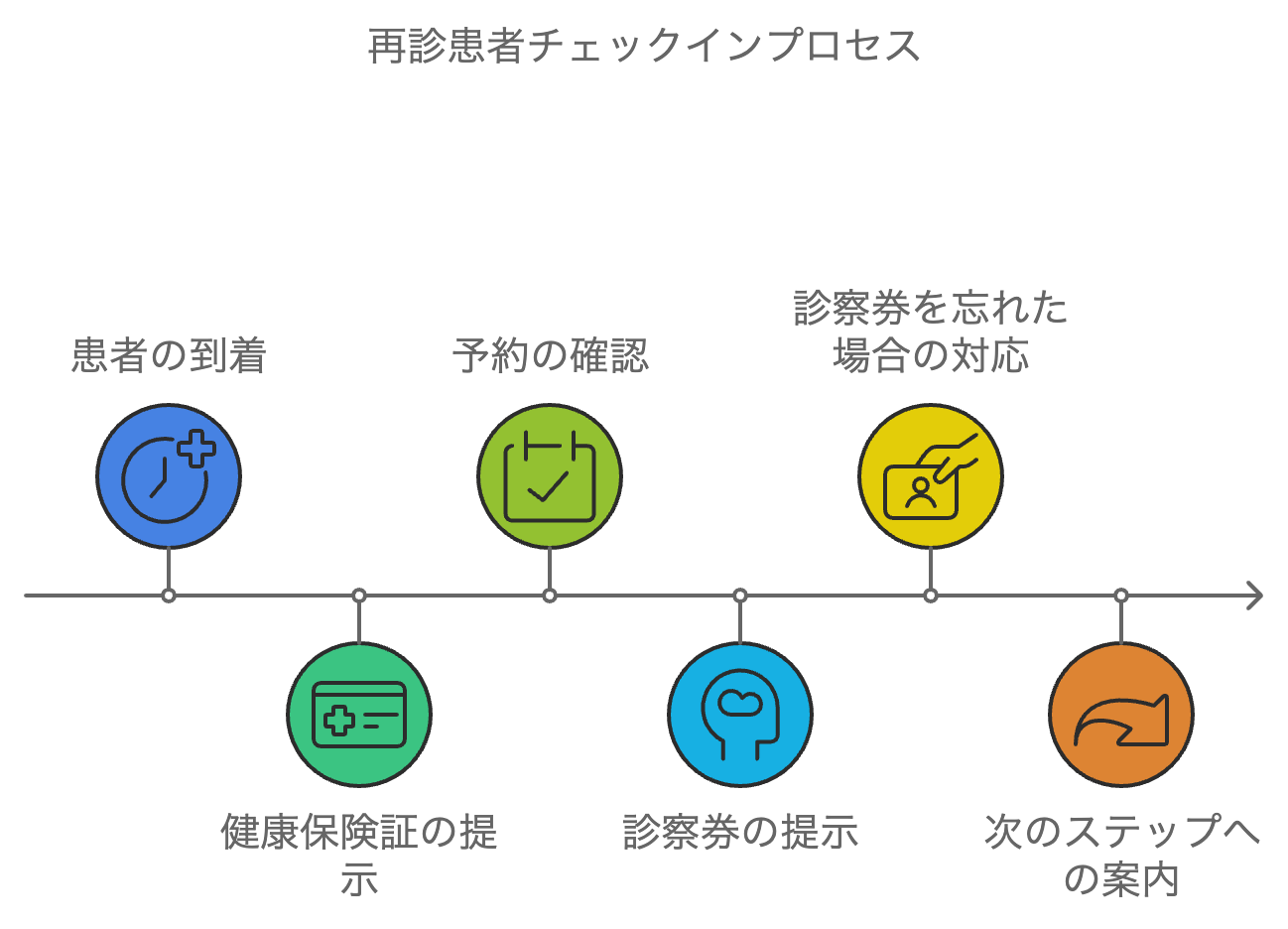循環器内科における閉塞性動脈硬化症の診察に関する英語フレーズと会話例
循環器内科では、**閉塞性動脈硬化症(Peripheral Arterial Disease, PAD)**の診察と治療が行われます。閉塞性動脈硬化症は、動脈が狭くなり、血液の流れが悪くなることで、特に脚に痛みやしびれが生じる疾患です。
この記事では、閉塞性動脈硬化症を訴える患者との診察を想定し、具体的な会話例と重要なフレーズを学べる内容にします。
患者の設定
- 名前: Tetsuo Nakamura (68歳、男性)
- 職業: 退職済み
- 主な症状: 長時間歩くと、ふくらはぎに痛みが走り、休むと軽くなる。最近では、少し歩いただけでも痛みが出るようになり、脚が冷たく感じることが多い。
- 既往歴: 高血圧、喫煙歴あり
- 生活習慣: 定期的な運動はしておらず、座りがちな生活。
診察の流れと会話例
1. 初診での問診と症状の確認
Doctor: “Good afternoon, Mr. Nakamura. I understand you’ve been having pain in your legs, especially when walking. Can you tell me more about when it started and what it feels like?”
日本語訳: 「こんにちは、中村さん。歩くと脚に痛みがあるとお聞きしましたが、いつ頃からで、どんな感じですか?」
Patient: “Yes, it started a few months ago. At first, it only hurt when I walked for a long time, but now even short walks cause pain in my calves. I also feel like my legs are colder than usual.”
日本語訳: 「はい、数か月前からです。最初は長く歩いた時だけ痛みがありましたが、今では少し歩くだけでふくらはぎが痛むようになりました。脚がいつもより冷たく感じることもあります。」
Doctor: “I see. So, you’re experiencing calf pain when walking, and your legs feel cold. Does the pain go away when you rest?”
日本語訳: 「なるほど。歩くとふくらはぎに痛みがあり、脚が冷たいと感じるんですね。休むと痛みはなくなりますか?」
Patient: “Yes, when I stop walking and rest for a few minutes, the pain goes away.”
日本語訳: 「はい、歩くのをやめて数分休むと痛みはなくなります。」
2. 病歴とリスクファクターの確認
Doctor: “Do you have any history of heart disease or vascular problems in your family? And do you have any other conditions like high blood pressure or diabetes?”
日本語訳: 「ご家族に心臓病や血管の問題の既往歴はありますか?また、高血圧や糖尿病など他の健康状態はありますか?」
Patient: “Yes, my father had heart disease, and I’ve been treated for high blood pressure for many years.”
日本語訳: 「はい、父が心臓病でした。私は長年高血圧の治療を受けています。」
Doctor: “Do you smoke, or have you smoked in the past?”
日本語訳: 「喫煙していますか?または過去に喫煙していたことがありますか?」
Patient: “I used to smoke, but I quit about 10 years ago.”
日本語訳: 「以前は喫煙していましたが、10年ほど前にやめました。」
3. 検査の必要性と診断の説明
Doctor: “Given your symptoms and history, it’s important to check for peripheral arterial disease (PAD). This is a condition where the arteries in your legs become narrowed, reducing blood flow. We’ll perform an ankle-brachial index (ABI) test, which compares the blood pressure in your ankle and arm to check for blockages. We may also use an ultrasound to look for any narrowing in your leg arteries.”
日本語訳: 「症状と病歴から判断して、閉塞性動脈硬化症(PAD)の確認が必要です。これは、脚の動脈が狭くなり、血流が減少する状態です。まず、脚と腕の血圧を比較するABI検査を行い、血管の閉塞がないか確認します。また、超音波検査で脚の動脈の狭窄を調べることもあります。」
Patient: “Is this condition serious?”
日本語訳: 「この状態は深刻ですか?」
Doctor: “PAD can become serious if left untreated, as it can increase your risk of heart attack or stroke. However, with proper treatment and lifestyle changes, many patients are able to manage the condition and avoid complications.”
日本語訳: 「閉塞性動脈硬化症は、治療を受けずに放置すると、心臓発作や脳卒中のリスクが高まります。しかし、適切な治療と生活習慣の改善によって、多くの患者さんは病状を管理し、合併症を避けることができます。」
4. 閉塞性動脈硬化症の治療と管理
Doctor: “If the tests confirm PAD, the treatment will focus on improving blood flow to your legs. We may prescribe medications to help prevent blood clots and control your blood pressure. Exercise therapy can also be very helpful in improving circulation. In more severe cases, we might consider angioplasty or bypass surgery to open or reroute the blocked arteries.”
日本語訳: 「もし検査で閉塞性動脈硬化症が確認された場合、治療は脚への血流を改善することに重点を置きます。血栓を防ぐ薬や血圧を管理する薬を処方することがあります。また、運動療法が血液循環を改善するのに非常に効果的です。より重度の場合は、血管形成術やバイパス手術を検討し、閉塞した動脈を開くか、別のルートに置き換えます。」
Patient: “Will I need surgery soon?”
日本語訳: 「すぐに手術が必要ですか?」
Doctor: “Surgery is usually only needed in more severe cases where medication and exercise haven’t helped. We’ll try to manage your condition with medications and lifestyle changes first, and only consider surgery if necessary.”
日本語訳: 「手術は、薬物療法や運動療法が効果を示さなかったより重症のケースでのみ必要です。まずは、薬と生活習慣の改善で病状を管理し、必要な場合のみ手術を検討します。」
5. 生活習慣と閉塞性動脈硬化症の予防法
Doctor: “In addition to medication, making some lifestyle changes can help improve your symptoms and prevent the disease from progressing. Quitting smoking, maintaining a healthy diet, and getting regular exercise are all important. You should also avoid sitting or standing for long periods, and try to elevate your legs when resting to improve circulation.”
日本語訳: 「薬物療法に加えて、生活習慣の改善が症状の改善と病気の進行予防に役立ちます。禁煙し、健康的な食事を心がけ、定期的な運動をすることが大切です。また、長時間座ったり立ちっぱなしにするのを避け、休む時には脚を高く上げて血流を改善するようにしましょう。」
Patient: “I’ve already quit smoking, but I haven’t been exercising much. What kind of exercise should I do?”
日本語訳: 「すでに禁煙しましたが、あまり運動をしていません。どのような運動をすれば良いですか?」
Doctor: “Start with gentle walking for about 30 minutes a day, and gradually increase your activity as your condition improves. We’ll work together to create a safe exercise plan for you.”
日本語訳: 「ウォーキングなどの軽い運動を1日30分程度から始めて、状態が改善するにつれて活動量を増やしていきましょう。安全な運動プランを一緒に作成します。」
学習ポイント
- 症状の確認: 閉塞性動脈硬化症に関連する症状を確認するためのフレーズを学びましょう。例: “Do you feel pain or cramping in your legs when you walk?“(歩く時に脚に痛みや痙攣を感じますか?)
- リスクファクターの確認: 動脈硬化症のリスク要因を確認するためのフレーズを学びます。例: “Do you have a family history of heart disease or vascular problems?“(ご家族に心臓病や血管の問題の既往歴はありますか?)
- 検査の説明: 閉塞性動脈硬化症の診断に必要な検査を説明するフレーズを学びます。例: “We’ll perform an ankle-brachial index test to check the blood flow to your legs.“(脚への血流を確認するためにABI検査を行います。)
- 生活習慣の改善: 動脈硬化症の進行を防ぐための生活習慣の改善に関するアドバイスを学びましょう。例: “Regular exercise, such as walking, and a healthy diet can help improve blood circulation and prevent further blockages.“(ウォーキングなどの定期的な運動や健康的な食事は、血流を改善し、さらなる閉塞を防ぐのに役立ちます。)
関連キーワード: 閉塞性動脈硬化症, 動脈硬化, 血管形成術, バイパス手術, ABI検査, 超音波検査, 生活習慣改善, 英語会話例, 外国人対応



